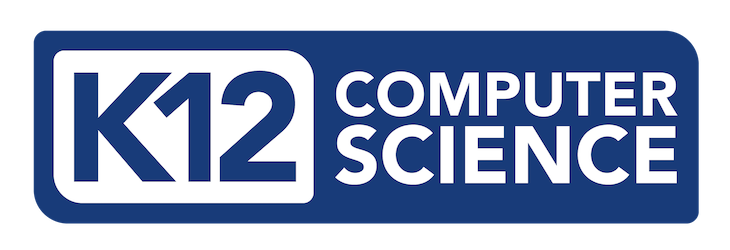The full versions of this content can be found in the Navigating the Framework and Concepts chapters of the complete K–12 Computer Science Framework.
The framework is viewable online in a variety of ways to fit your needs. The concepts have three different views: Grade band, Concept, and Progression. All three views include the practices first, and also allow the user to filter by grade bands, core concepts, core practices, and crosscutting concepts.
The core concepts of the framework represent major content areas in the field of computer science.

Each core concept is delineated by multiple subconcepts that represent the specific ideas within that core concept. Subconcept overviews summarize how learning progresses across multiple grade bands. The concept statements in the framework describe conceptual milestones at different grade-band endpoints: Grades 2, 5, 8, and 12. Each concept statement encompasses a significant, essential idea in computer science, and all are considered equally important. Core concept overviews and subconcept overviews can be found in the View by Progression.
The elaboration and examples add detail and depth to the concept statements. Boundary statements are included to clarify what is not expected to be learned at that grade level. Crosscutting concepts illuminate thematic connections across the different core concepts and are integrated into concept statements as relevant and appropriate. When multiple crosscutting concepts are listed under a statement, they are in order of significance rather than alphabetical order.
- Abstraction: An abstraction is the result of reducing a process or set of information to a set of important characteristics for computational use.
- System Relationships: The parts of a system are interdependent and organized for a common purpose.
- Human–Computer Interaction: The design and use of computer technology, focusing on the interfaces between people (users) and computers.
- Privacy and Security: Privacy is the ability to seclude information and express it selectively. Security refers to the safeguards and protective measures surrounding information systems.
- Communication and Coordination: Computing processes are characterized by reliable communication between different agents that coordinate toward common outcomes.
Connections within the framework are provided to illuminate relationships among concept statements across different core concepts.
To refer to a concept statement, use the following notation:
[Grade Band].[Core Concept].[Subconcept] Example: 3-5.Impacts of Computing.Culture
